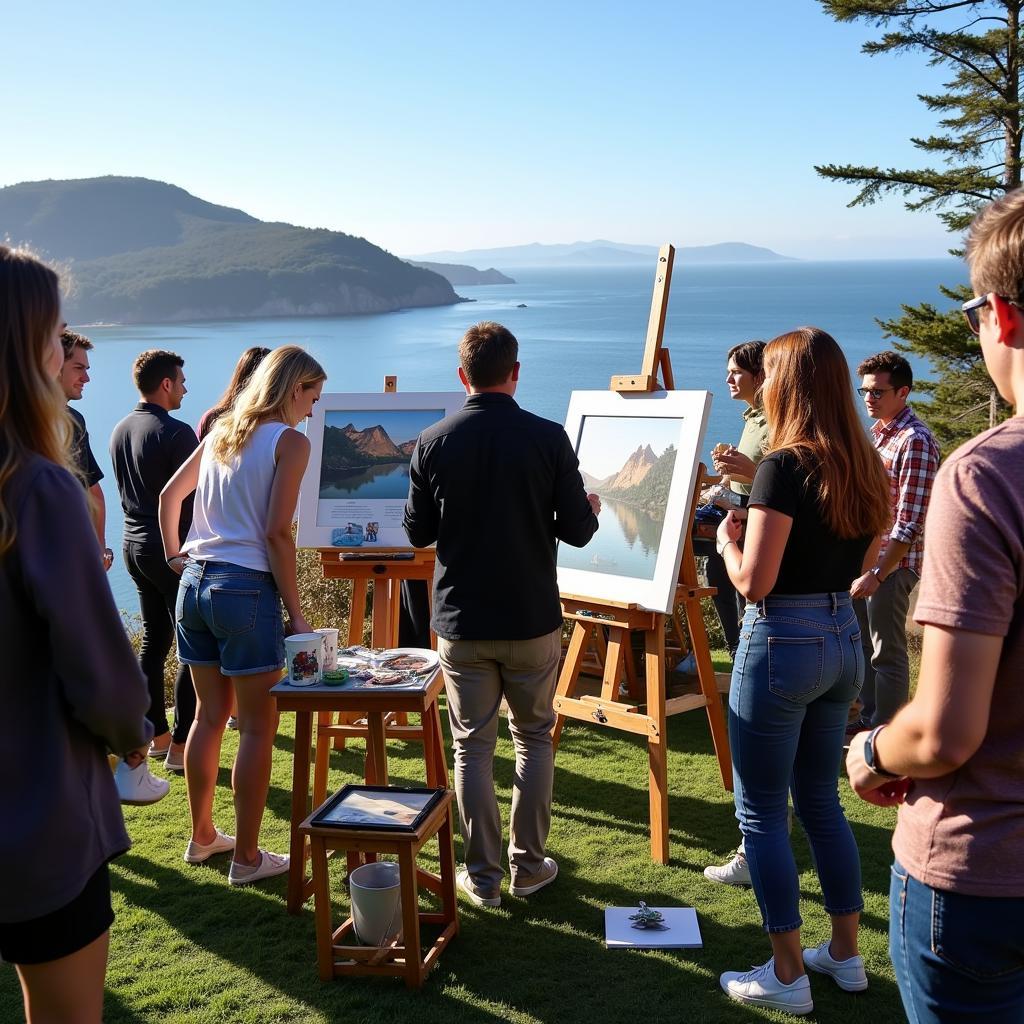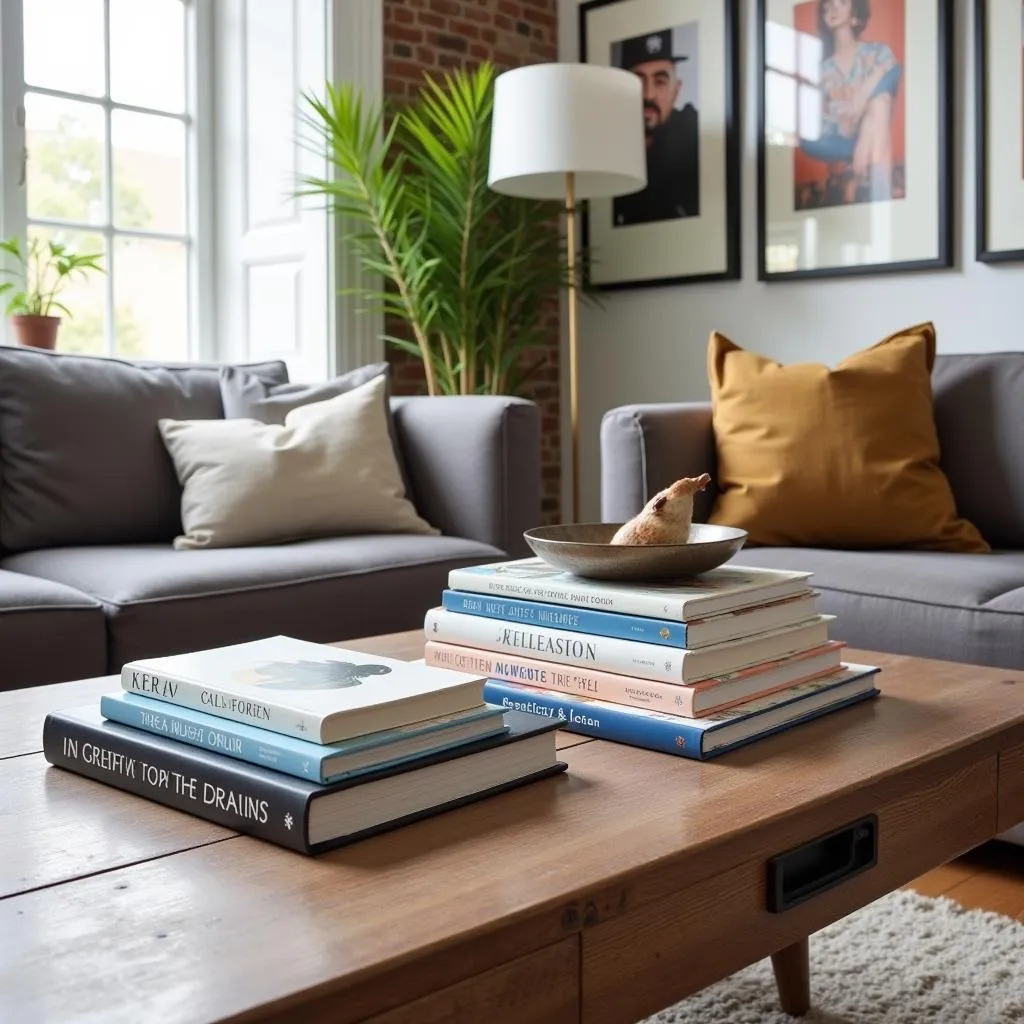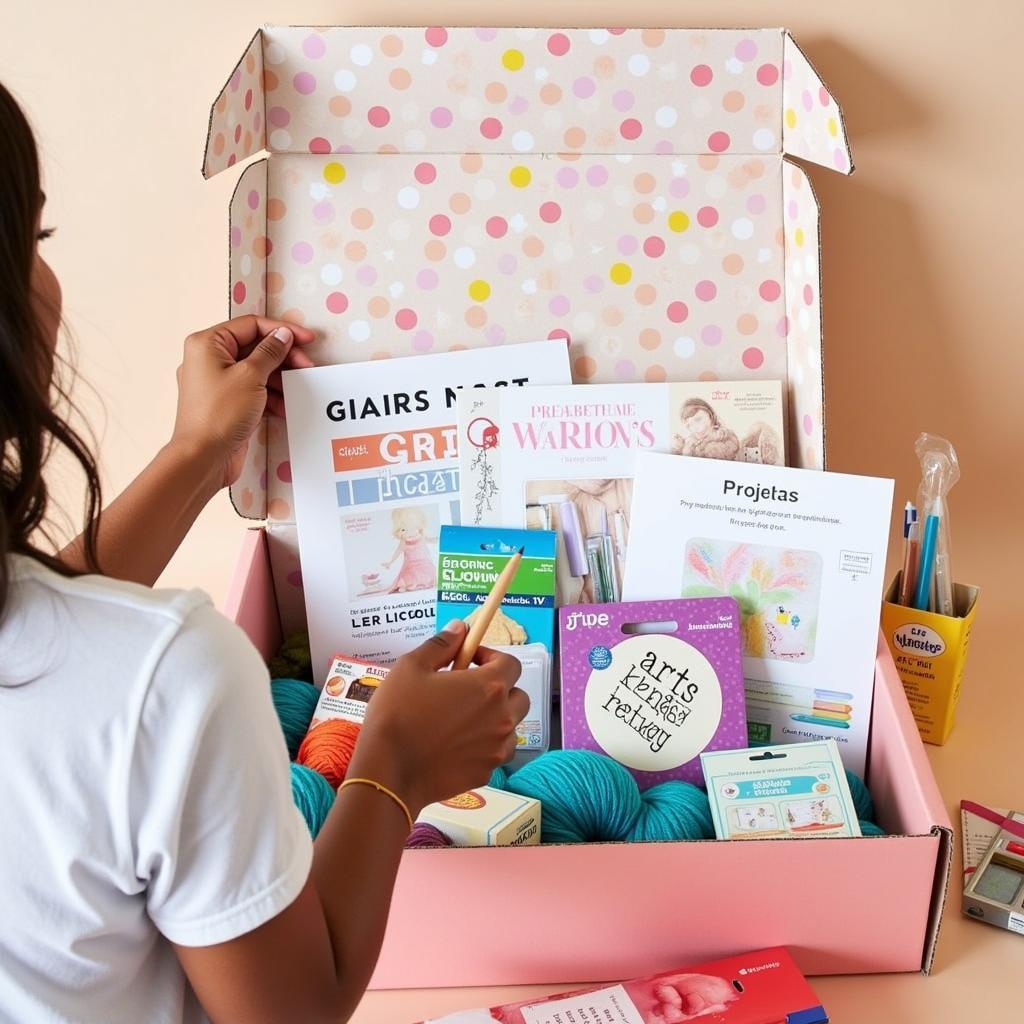Crafting a Winning Art Education Resume: Samples and Strategies
Landing your dream job in art education hinges on a compelling resume. A well-crafted Art Education Resume Samples can provide valuable insights, but it’s essential to tailor it to reflect your unique skills and experience. This guide will provide you with actionable strategies and art education resume samples to create a resume that stands out from the competition.
Understanding the Purpose of Your Art Education Resume
Your resume is your first impression, a concise snapshot of your qualifications and career trajectory. It’s not merely a list of past positions; it’s a strategic document designed to showcase your value and persuade potential employers that you’re the perfect fit. When reviewing art education resume samples, remember to focus on the underlying principles of effective resume writing.
Deconstructing Art Education Resume Samples: Key Elements
Effective art education resume samples often highlight specific skills and experiences. These include:
-
Contact Information: Accurate and up-to-date contact details are crucial. Include your full name, phone number, email address, and professional online portfolio link (if applicable).
-
Summary/Objective: A concise and engaging summary or objective statement tailored to the specific job description. This is your elevator pitch, capturing the employer’s attention and highlighting your key strengths.
-
Work Experience: List your previous teaching or art-related experience in reverse chronological order. Quantify your accomplishments whenever possible, using metrics to demonstrate your impact. Don’t just list your duties; showcase your achievements.
-
Education: Include degrees, certifications, and relevant coursework, especially those related to art education. List the institutions, dates of attendance, and any honors or awards received.
-
Skills: List both hard skills (like proficiency in specific software or art techniques) and soft skills (communication, collaboration, classroom management) that are relevant to art education. Refer to the job description and tailor this section accordingly.
-
Awards and Recognition: Include any awards, grants, or accolades that demonstrate your excellence in art or art education.
Tailoring Your Resume to Specific Job Descriptions
Generic resumes often fall flat. The key to success is customization. Carefully analyze each job description, identifying the specific skills and qualifications the employer seeks. Then, tailor your resume to mirror these requirements. Use keywords from the job posting throughout your resume, especially in the summary/objective and skills sections.
Using Action Verbs and Quantifiable Achievements
Instead of using passive verbs, employ action verbs to describe your accomplishments. For instance, instead of writing “Responsible for teaching art,” use “Developed and implemented engaging art curriculum for diverse student populations.” Whenever possible, quantify your achievements with concrete numbers and data. Did you increase student engagement? By how much? Did you successfully secure funding for an art program? How much funding?
Showcasing Your Passion and Creativity
While professionalism is paramount, don’t be afraid to let your personality shine through. Your resume should reflect your passion for art and education. Use a clean and visually appealing format that complements your artistic sensibilities. If you have an online portfolio, include a link in your contact information.
Common Mistakes to Avoid
- Typos and Grammatical Errors: Proofread your resume meticulously. Even minor errors can create a negative impression.
- Generic Resumes: Tailor your resume to each specific job application.
- Exaggerating or Fabricating Information: Honesty and integrity are essential.
- Including Irrelevant Information: Focus on information that is relevant to the specific job.
FAQ: Art Education Resume Samples and Best Practices
Q: How long should my resume be?
A: Aim for a one-page resume, especially if you are early in your career.
Q: Should I include a cover letter?
A: Yes, a tailored cover letter is highly recommended. It allows you to elaborate on your qualifications and express your enthusiasm for the position.
Q: What file format should I use?
A: PDF is the preferred format to ensure your formatting remains consistent across different devices.
Conclusion: Your Art Education Resume – Your Key to Success
Crafting a winning art education resume requires careful planning and execution. By studying art education resume samples, understanding key elements, tailoring your content, and avoiding common mistakes, you can create a resume that effectively showcases your skills and experience, ultimately landing you your dream job in art education. Remember to emphasize your unique strengths and passion for art education to make your resume truly stand out.
Other articles you might find helpful on our website:
- Building Your Online Art Portfolio
- Crafting the Perfect Cover Letter for Art Education Positions
- Interview Tips for Art Teachers
Need help crafting your perfect art education resume? Contact us at Phone Number: 02462573573, Email: [email protected] or visit us at Savico Megamall, 7-9 Đ. Nguyễn Văn Linh, Gia Thụy, Long Biên, Hà Nội 10000, Việt Nam. We have a 24/7 customer service team.



